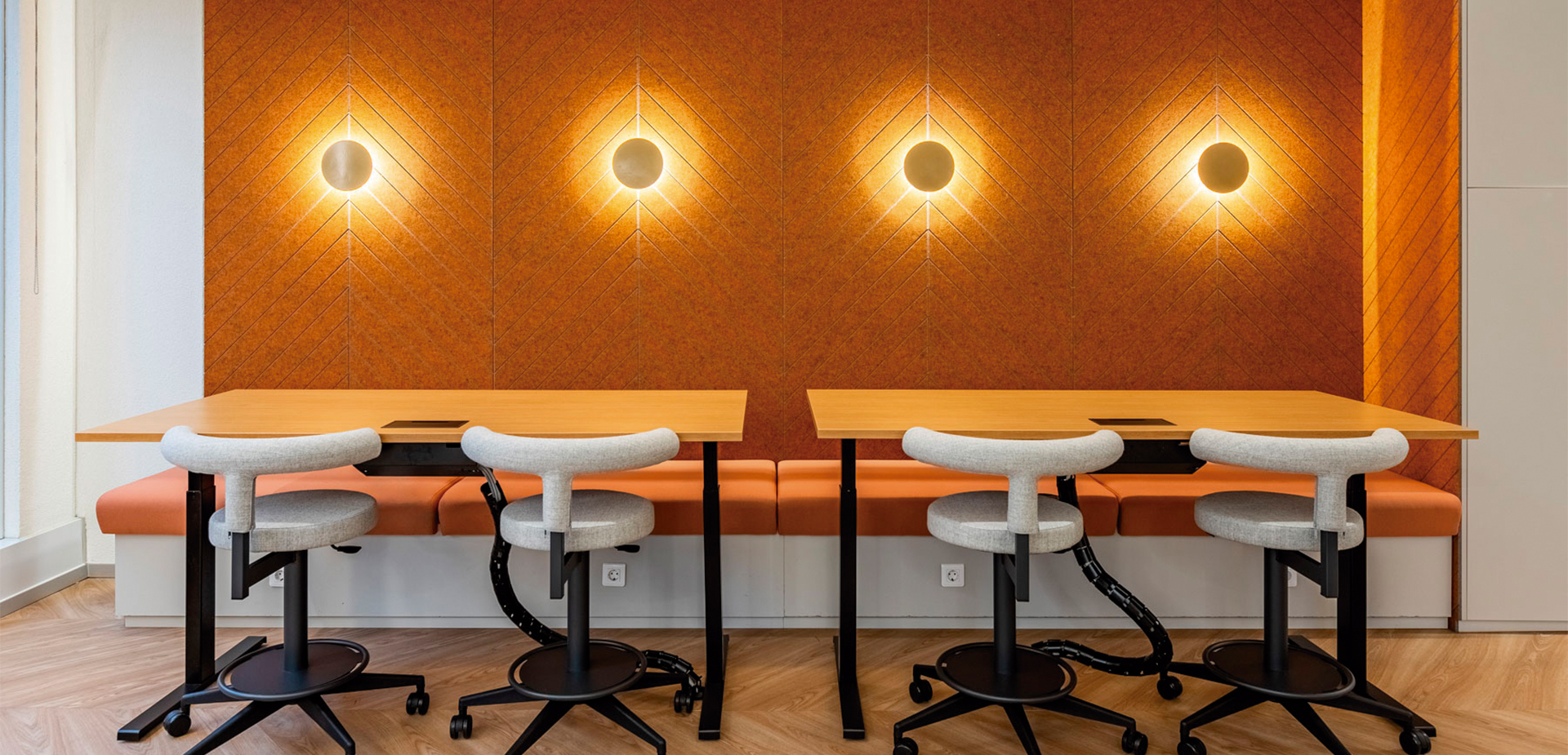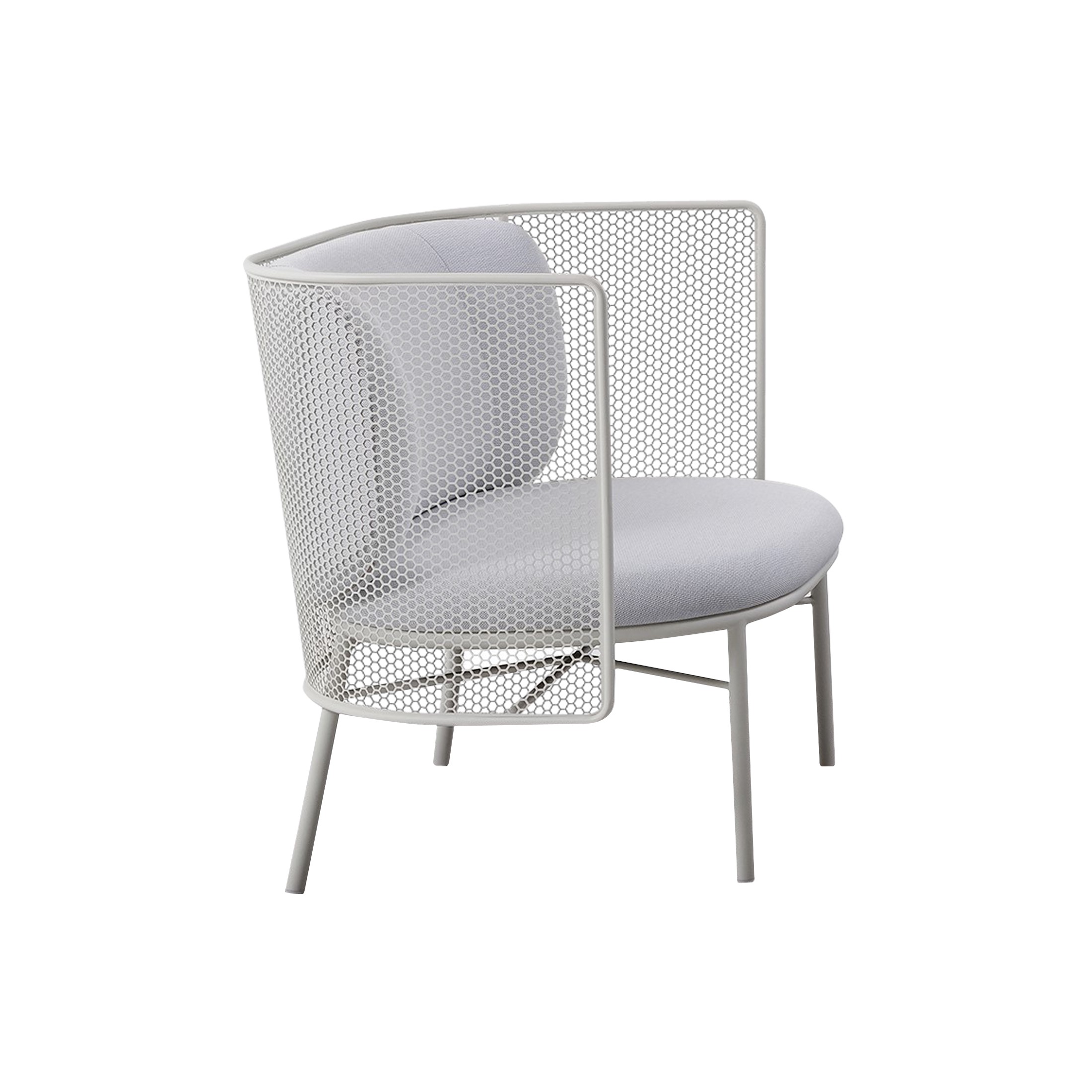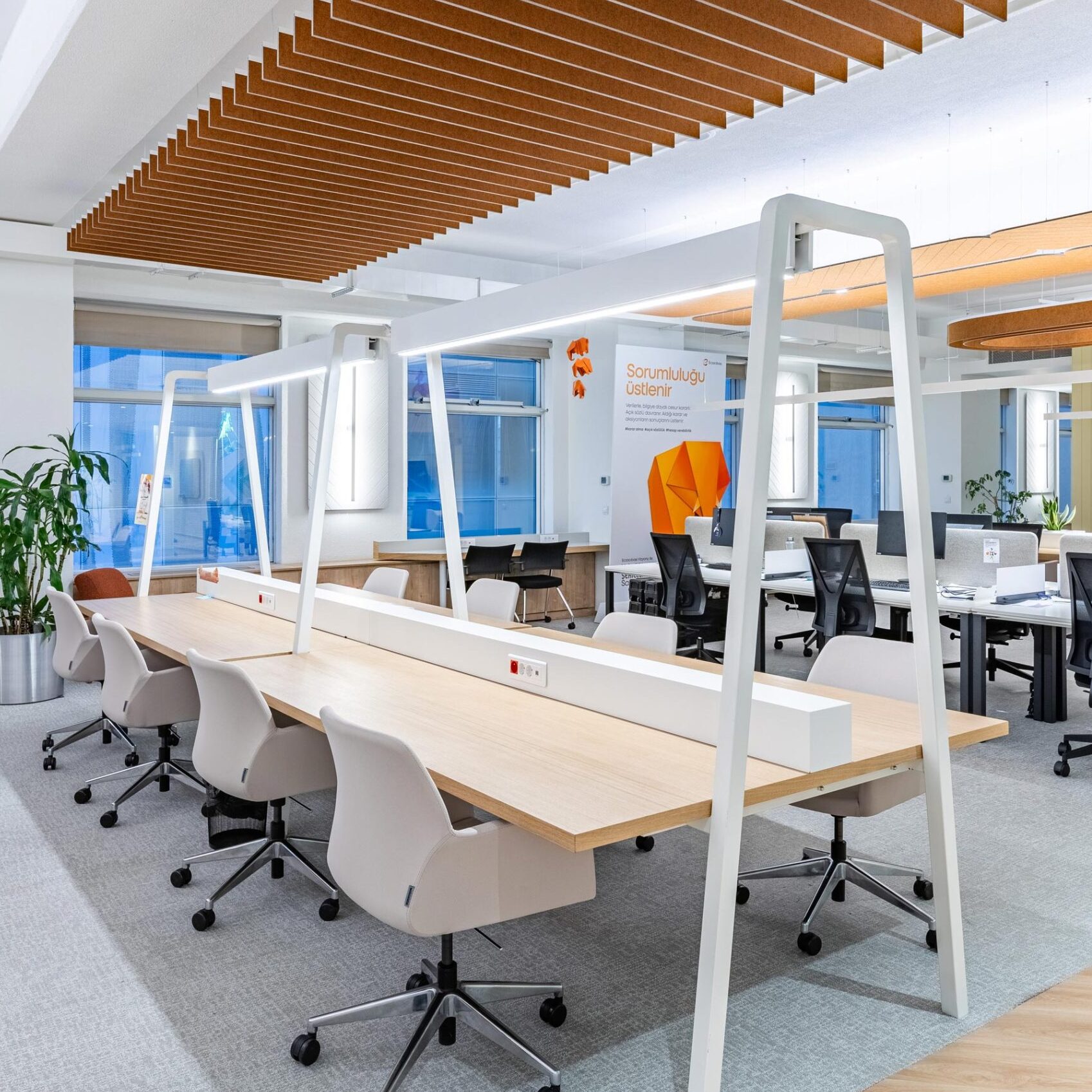-
A question on everybody’s mind: How important is a sustainable workplace?
Developing a healthy and sustainable work environment has become essential for businesses and organizations in these fast-moving and challenging modern workplaces.
Since working consumes a large part of our lives, the design and ambiance of our workspace impact our general well-being and productivity, job satisfaction, and other matters related to employment.A well-designed and wellness-oriented workplace provides a positive and nourishing working environment and helps the organization achieve long-term success and progress.
We must be conscious that a healthy and sustained workplace is not a luxury but a requirement in today’s business environment. Employees who feel valued, supported, and nourished in their working environment are more likely to be engaged, motivated, and committed to their job roles. This means that they will be more involved. Motivated employees translate to increased production, reduced absence, and higher employee retention rates, which would benefit an organization’s profitability.
-
-
Benefits of integrating wellness into the workplace design
It provides many benefits beyond the four walls of the office/ workspace. Incorporating wellness into the workplace design takes care of the well-being of the employees by creating an enabling, encouraging, and nurturing work culture that promotes team spirit through collaboration, creativity, and innovations.
The main advantages of a workplace design with wellness at its core include improved health and increased productivity. Features that associate a reduced risk of musculoskeletal disorders, eye strain, and respiratory problems through appropriate natural light and ventilation would help reduce sick days and increase productivity overall. Adding features that allow employees to be physically active, such as standing desks or areas to work out, will keep them active. This improves energy levels and cognitive functioning.
-
-
If employees feel valued and treated with due concern in their places of work, they are likely to create a sense of belonging to and attachment to the organization. Such facilities will improve job satisfaction, lower turnover rates, and lead to a more engaged workforce in service delivery.
Beyond the literal benefits, a workplace design focused on wellness adds to a positive company culture and reputation. Organizations that focus more on employee well-being are viewed as socially responsible and have an edge when drawing potential talent.
-
-
Designing healthy work environments by using ergonomic furniture
One intrinsic element of designing a healthy and sustainable workplace is providing ergonomic furniture that will improve posture, decrease stress, and reduce the risks of musculoskeletal disorders. Ergonomic furniture not only provides comfort and health benefits for employees but also contributes to producing workers who can give their best at any time while minimizing absenteeism due to reasons such as work-related injuries or illnesses.
While choosing the ergonomic furniture for the workplace, there are a few things to be taken into consideration:
-
Curvo
-
Adjustability:Furniture should be adjustable to suit all body types and preferences. Chairs with adjustable seat height, lumbar support, and armrests should help the employee maintain correct posture and not strain his back, neck, and shoulders.
Proper Support: Desks and workstations should provide the required support for the wrists and forearms to prevent repetitive strain injuries. Consider ergonomic keyboard trays and adjustable monitor stands.
Activity Promotion:Stand-or-sit desks or desk converters may have features that remind employees to change their sitting and standing positions throughout the day. This will keep the blood flowing and help minimize the impacts of sustained sitting.
Ergonomic Accessories:Other ergonomic accessories such as footrests, wrist rests, and document holders can enhance employee comfort and minimize strain while typing or reading.
-
Apart from providing the staff with ergonomic furniture, some training and education are essential. Such training will enable the employees to acquire the skills to maintain good posture, set up the workstation, and practice other ergonomic best practices. Regular ergonomic assessments and adjustments could make each workstation different as they would tailor the employees’ needs to build comfort and prevent injury in the long run.
-
-
Straight
-
The need to incorporate natural elements in workspace design
From the broader perspective of workspace design, biophilic design, which incorporates elements of nature into built environments, has been found to decrease stress, improve cognitive functioning, and improve general mood and well-being.
However, the easiest way to achieve this is through strategically incorporating plants and greenery into the office space. Indoor plants enhance the aesthetic value of the working space while improving air quality by removing carbon dioxide and emitting oxygen. Additionally, the presence of plants has been associated with reduced stress levels and improved concentration and productivity.
-
-
Design of spaces for mental well-being and reduction of stress
Continuous stress can lead to burnout and other health problems. To support employees, organizations can create calming spaces for relaxation and meditation and shared areas for socializing. Additionally, incorporating calming colors, natural materials, and biophilic elements can help reduce stress and promote tranquility.Designing for well-being in the workplace is crucial for ensuring a sustainable and engaged workforce. Ergonomic furniture, natural elements, and mental well-being spaces can significantly impact job satisfaction. Organizations should tailor their wellness strategy to their unique needs and culture. Additionally, workplace design should evolve based on employee feedback and changing needs. A green and healthy workplace benefits employees and demonstrates social and environmental responsibility.”







